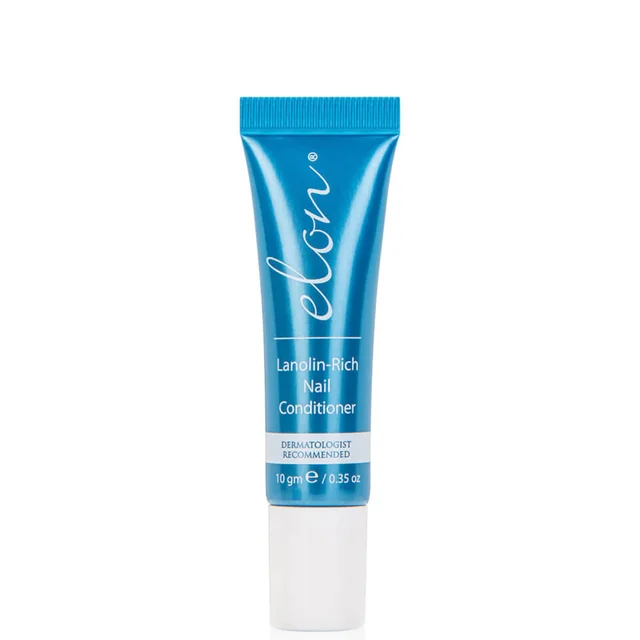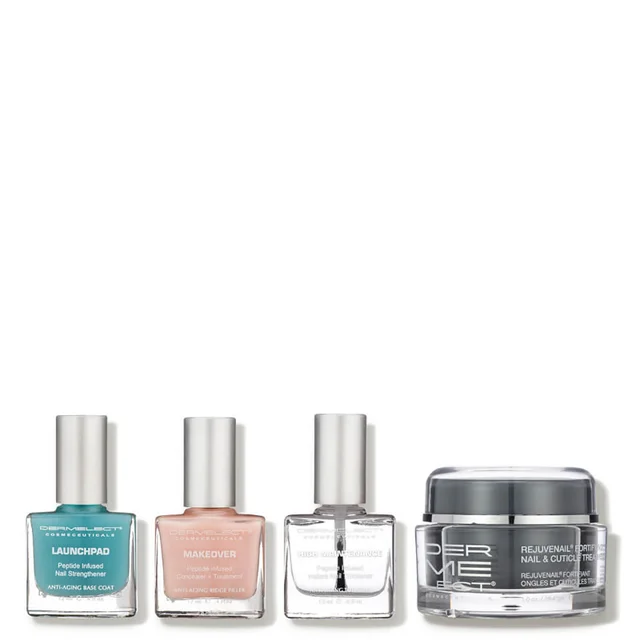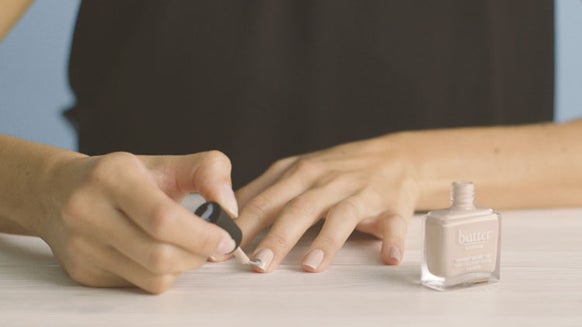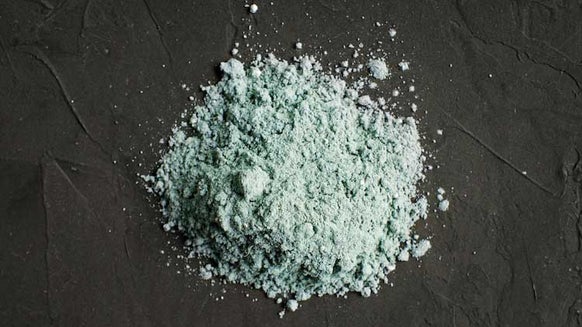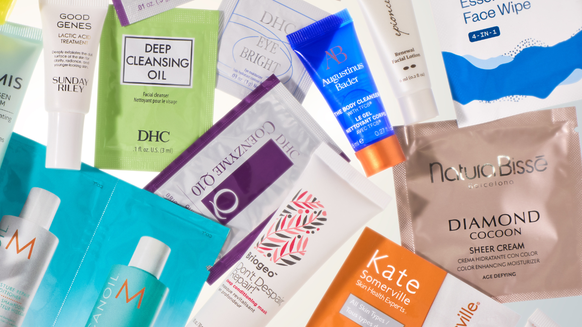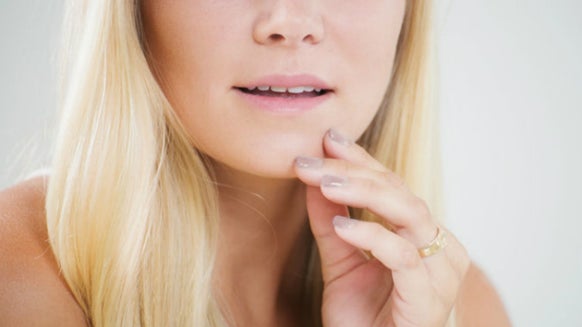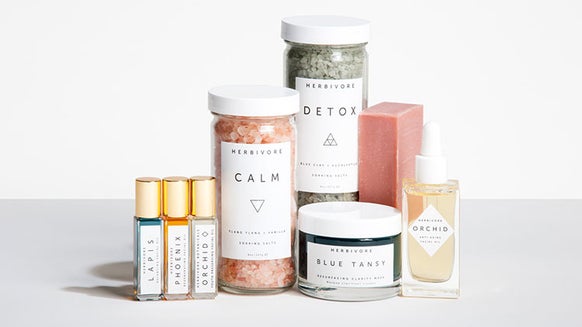Discolorations, Cracks or Lines on Nails: What Do They Mean?
White Lines on Nails
White spots, streaks and faint white lines on nails are nothing to worry about. But some white lines can be of concern. Dr. Stern breaks down the different types of lines on your nails that indicate it’s time to see a dermatologist.
Mee’s Lines: White bands that follow the contour of the lunula (half moon). Arsenic poisoning is the classic cause; however, there are also many other potential medical causes including certain vitamin deficiencies and infections. Beau’s Lines: Horizontal depression in the nail plate due to growth arrest of the nail from illness, fever or trauma.
Dark Lines on Nails
Onycholysis (Nail Separating From the Bed)
How to Treat: Dr. Stern tells us: No nail polish, no filing and no cosmetic treatments for a few weeks, keeping the nail clip short. Be sure to keep the nails clean and dry by avoiding soaking them in water. Doctor’s orders!
Onychauxis (Thickening of the Nails)
Brittle Nails
- Excessive exposure to chemicals such as dish soap and nail polish remover.
- Water. “Nails are extremely absorptive of water, even more so than skin,” says Dr. Stern, “and too much water exposure can put tremendous strain on the delicate nails.”
- Certain medical conditions: hypothyroidism, Raynaud’s Disease and protein deficiency. Dr. Stern adds that in these cases, they usually result in a sudden change in nail quality.
- Wear gloves for household chores like washing dishes.
- Avoid excessive use of hand sanitizers containing alcohol.
- Do not remove nail polish more than once a week and do so with a non-acetone nail polish remover.
- “A diet with an adequate amount of protein will help,” Dr. Stern explains. Added bonus? “A 2–3mg [supplement] of biotin daily may help with nail growth and strength.”
Discolored Nails
How to Treat:“Nail polish stains can be lightened by using a dilution of hydrogen peroxide,” Stern explains. “Combine three to four tablespoons of hydrogen peroxide and one-half cup of water and mix them well. Soak your nails in the solution for two minutes. Using a soft toothbrush, gently scrub your nails. Then rinse them with water. Repeat two to three times during the week if needed.”

From the latest hair and makeup trends to the best solutions for your skin issues, we've got all your beauty concerns covered!
